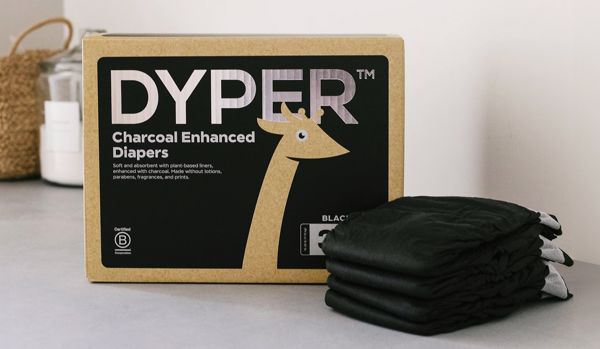Engorgement is a standard experience for most individuals who choose to nurse their infants. It is prevalent in the first few days postpartum because that is when your milk begins to come in and has yet to regulate your baby's actual output needs. Some describe the sensation of engorgement as swelling, tightness, hardness, and even an increased size of the breast/chest. There are a few ways to lessen the engorgement, but first, we must discuss milk supply and how the body works.
Your Milk Supply
The breast/chest creates milk based on the milk the baby or pump takes out. If the infant empties the breast/chest, then it tells the body that there is a need to produce more milk. On the other hand, if milk is left after the nursing or pumping session has discontinued, it tells the body to produce less milk. This information is crucial to understanding how your body regulates the milk supply and better understanding what could be causing engorgement.
It is also important to note that ensuring the latch is a good latch and nursing often, about eight to twelve times a day, can make a huge difference in avoiding engorgement. I always recommend nursing on demand but not letting the baby go more than two to three hours between feeds for the first four to six weeks. This can be difficult after a medicated birth, but it is crucial for the newborns' health and your milk supply and engorgement that you are making sure they wake and get fed.
Causes of Engorgement
Engorgement is most commonly caused by missing a feeding or pumping session. This is most common at night or during the holiday season. Another cause of engorgement is feeding the baby on a schedule. Nursing on demand is a great way to help with your milk supply and drainage. Engorgement is more common in individuals who exclusively pump because pumps are less effective at removing milk than infants are. Depending on the situation, the pump can also lead to more engorgement and an oversupply. Lastly, weaning too quickly or a baby unwilling to nurse can cause engorgement.
When a person is feeling engorged, it can be extremely tempting to grab the pump and get relief. The problem with doing this is that if you pump to empty, your body is told to make more milk. Herein lies the cycle of an overproducer. There is one way to utilize the pump when it comes to engorgement. If it is too painful or has become difficult to latch your baby, then you can pump to relief as long as you do not pump to empty. Sometimes, it is easier to control this if you choose to hand express. It can be surprising what a half ounce of less pressure can do for your reprieve. Pumping to lessen the engorgement can make it easier to latch or at least provide enough respite until the next nursing or pumping session.
How Do I Get Relief?
Other things that can help with engorgement are over-the-counter medications that help with inflammation, like Ibuprofen or Tylenol. Engorgement is the inflammation of tissues, so these medications can go a long way in getting some relief. Ice is another great option. These fantastic boob-shaped ice packs you can get at the store provide incredible respite from the intensity of engorgement. Any ice pack will do if you don't have those fancy ice packs.
When dealing with engorgement, ditch the dummies or pacifiers. These can be fantastic tools in many situations, but engorgement is not one of them. The more often you can get your newborn to your breast/chest, the better they can remove milk and help with your engorgement discomfort.
Heat is another great tool to use right before feeding and during it. Some find that they can better hand express in a hot shower, while others have a better success rate of milk removal if they utilize heat right before their nursing session. It is important not just to use heat because heat can increase inflammation, so finding the happy medium here is important.
Lastly, gentle massage can be a huge help. They even have vibration devices on the market to help with clogged ducts and engorgement. I have always found it to be the most helpful when I gently massage during my nursing or pumping session, especially in areas that feel like they may have a clogged duct or are more uncomfortable. It is important not to massage too hard because that can do more harm than good.
Signs of Mastitis
When dealing with engorgement, you must know the signs of Mastitis. Mastitis can be the illness that comes from having excessive engorgement or clogged ducts and needs to be treated by your care provider if it occurs. In some cases, antibiotics are needed for healing from the infection. Some symptoms of Mastitis are red, hot, and inflamed localized areas of the breast/chest and a fever and flu-like symptoms.
My best tip for dealing with nursing issues is to get help from an IBCLC. These individuals have a four-year degree in nursing and can be a massive help for a supported and successful nursing journey. If you are dealing with engorgement and cannot find relief, find your local IBCLC and see how they might troubleshoot your situation.







